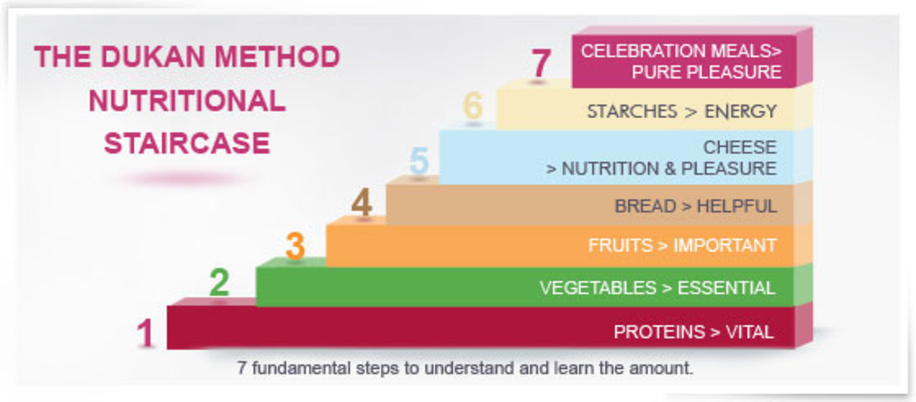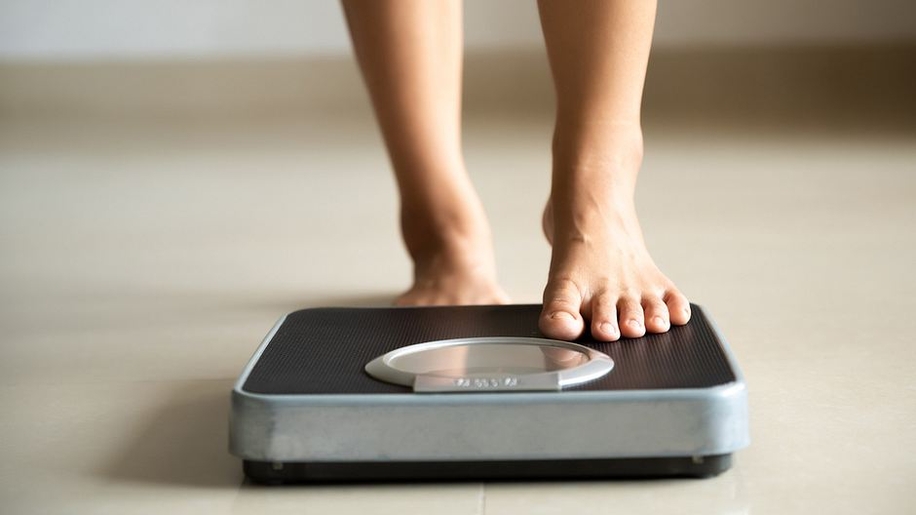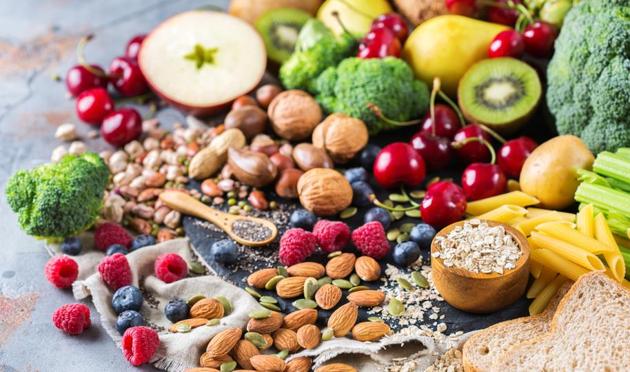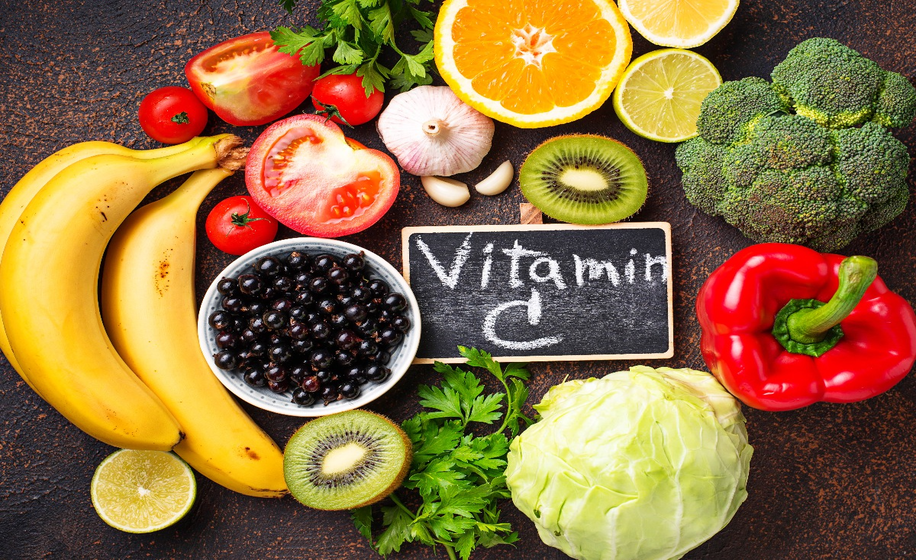Our Blog

Dukan Diet: Everything That You Need To Know

Diet and exercise have a considerable positive effect on our well-being. A proper diet with the correct nutritional value will ensure that your health stays at its optimum condition. Exercises and other fitness measures aid in retaining the results. The amalgamation of proper diet and exercise effectively takes care of your cardiac health, bones, muscles and mental health.
When it comes to following a diet then, there are numerous diet plans which have gained immense popularity in recent times. Not all diet plans work with the same effectiveness for everyone. Today in this article, we will have a brief look at the Dukan Diet, its phases, effectiveness, pros and cons. So, come join us as we discuss and review the Dukan diet.
What is Dukan Diet?
The Dukan Diet was brought into meaning by the eminent French physician, Dr Pierre Dukan, in the 1970s.
This diet can simply be explained as an effective weight-loss eating plan which includes a high quantity of protein intake.
An individual following the Dukan Diet needs to intake fewer carbohydrates and fat, and instead, focus on high and lean protein foods. By consuming high protein foods and eliminating carbohydrates from your diet, you will feel full and hence that will help reduce appetite.
Also, since protein digestion expends more energy, it helps in burning extra calories.
The Dukan Diet lists 100 specific food items. Among these food items, 68 foods are listed as pure protein foods, whereas 32 food items are vegetables.
Dukan Diet Plan: Preparation and Phases

Unlike other popularly known diet plans, while following the Dukan diet, one doesn’t need to put a restriction on meal timing or even practise fasting. The Dukan Diet can be achieved by following four different phases. During the phases, however, certain meals are restricted to specific days.
The Dukan Diet has been known to be an efficient and effective technique for weight loss.
Phase I: Attack
This is the initial stage of the Diet. During the attack phase, one is advised to consume unlimited lean protein or proteins with less saturated fat. The amount of protein intake depends on how much weight you want to lose.
In the course of the Dukan Diet, you can eat lean meat like beef, eggs, seafood and lite milk dairy products. You can also use a small amount of olive oil for frying or light baking. Additionally, Oat bran is certainly a great option while you are following this diet as it is rich in nutrients and antioxidants. Also, you will be advised to drink at least six to eight glasses of water per day.
The Attack phase lasts for a span of two to seven days.
Phase II: Cruise
The Cruise Phase is the second phase of the Dukan Diet. During this phase, you eat all that you ate in the Attack phase. In this phase, however, vegetables are added. You will be advised to go for green leafy veggies, cauliflowers, broccoli, mushrooms, cucumbers, etc. Your oat bran consumption will also increase during this phase to two tablespoons a day.
The Cruise Phase might begin from day two of the diet or day eight after the first phase is complete.
Phase III: Consolidation
The third phase, i.e., the Consolidation Phase will be routinized when you will achieve your true weight, in the language of the doctors. During this phase, you will continue eating all the foods from the Attack and the Cruise phase. With all those food items, you will also add a small number of fruits, cheese, non-lean parts of meat, wine and starches.
During the Consolidation phase, you will be advised to increase oat bran consumption to 2.5 tablespoons a day. In simpler words, the third phase of the diet allows you to consolidate your meals within 5 days of every pound that you have lost whilst following the first two phases.
Phase IV: Stabilization
The fourth and final phase of this diet is the Stabilization phase. As the name suggests, this phase is all about weight maintenance and lasts for an indefinite period of time. Whilst following the stabilization phase, you need to eat all the food that you ate in the Consolidation phase. You can loosen the rule once your weight reaches a stable point.
In this phase, you will be advised to eat around 3 tablespoons of Oat bran, follow a pure protein diet every Thursday and walk or exercise for at least 20 minutes a day.
What to Eat and Not Eat
One derives nutritional elements in the Dukan Diet from primarily protein-rich foods. There are less to almost nil carbohydrates in the diet. Protein confers one with maximum energy and it contains a very low amount of fat. Besides this, one who’s following the Dukan diet should also perform regular physical activities, mainly walking. Avoid using the elevator and instead, use the stairs. Avoid taking the bus for a shorter distance and instead, cycle.
What Can You Eat?
Here is a list of food items that you will be advised to take while on the Dukan Diet:
- Lean meat: Red Meat (Beef, goat, lamb)
- Skinless Poultry (chicken and turkey)
- Seafood (fish, crustaceans and molluscs like oysters and clams)
- Lite milk or Low-fat dairy products (milk, cottage cheese, yoghurt)
- Eggs
- Oat bran
- Lemon juice for Vitamin C
- Leafy green vegetables (spinach, kales, cabbage, lettuce, microgreens)
- Broccoli, asparagus, sprouts, bell peppers
- Green beans
- Carrots and beets
- Olive oil
- Artificial sweeteners
Note: Whey protein is a major part of the diet which follows a strictly protein-oriented nutritional quotient. In addition to the weight loss regime and fitness, adding whey protein to your diet will efficiently help you strengthen your muscles, bones and your overall health.
What Not To Eat
In the Dukan Diet, all the food that you are eating during the Attack phase and the Cruise phase has low carb and less fat content. The list below mentions all those types of food you should avoid while you are following the diet, especially during the initial phases. These foods, however, can be eaten in a proportionate amount during the Consolidation phase and then the Stabilization phase.
- High-carb food (rice, potatoes, sugar)
- Bread, pasta, wheat and flour
- High-fat meats (pork, bacon)
- Fried foods
- Whole milk or non-skimmed milk
- Butter and cheese
- Fruits which include mango, banana, apple, grapes, pineapple, strawberries and watermelon
- Coconut
- Avocados
- Mayonnaise and other salad dressings
Pros of the Dukan Diet
The Dukan Diet has been known to show excellent results in weight loss, weight stability and weight maintenance. As the diet advises one to have an unlimited amount of lean protein, one wouldn’t even feel the need to eat more to fulfil their hunger. Unlike most other diet plans, the rapid and fast weight loss while following the Dukan diet is highly motivating.
Moreover, the Consolidation phase followed by the Stabilization phase, allows one to enjoy and celebrate meals which further encourages the person to adhere to the rules and walk towards the path of weight maintenance and control.
Cons of the Dukan Diet
With the high amount of lean protein in this diet, there are hardly any risks or negatives that you should look forward to. However, when it comes to scientific analysis, the restricted foods in this diet might lead to inadequate nutrition.
First of all, the switch from carbohydrate burning to fat burning produces a considerable amount of ketones in the body. Ketone production might lead to dry mouth, bad breath, nausea and insomnia.
Also, in the attack phase, due to the restricted diet measures, one might quite naturally feel weak and dizzy. So, it is always recommended that you perform less strenuous activities during this phase.
Now, most importantly, there are high chances of developing heart and kidney problems due to unlimited consumption of a high amount of protein in the diet. This is because your kidneys need to work harder to process the derivatives of protein metabolism. There is a limit on protein intake that the kidneys can handle. This can be however combatted by drinking lots of water, which is suggested in the diet.
Due to the restriction on the consumption of whole grains, fruits and vegetables, your body will run short of anti-oxidants. This will lead to lesser detoxification and hence to greater and more severe problems including heart issues and even cancer. Furthermore, people with kidney and heart problems, gout and eating disorders, should avoid following this diet as it may lead to more severe complications.
What Else is There to the Dukan Diet?
We wouldn’t say that you would be venturing on an easy path towards weight loss while following this diet. If you had to measure the level of difficulty, then “medium” would be the correct rating.
When it comes to cooking and shopping then, it is not much of a big deal. You don’t need extra spices or ingredients, and that can help you curtail the overall cost to an extent.
On the other hand, diet restriction to solely lean proteins can sometimes seem tiresome which might demotivate the person following the diet.
While following the Dukan diet, doctors and dieticians will advise you daily walk for 20 minutes.
To Sum It Up

Does Dukan Diet really work? The Dukan Diet is an effective diet plan which helps with fast and stable weight loss and weight maintenance. This protein-rich diet ensures that your body receives fewer carbs and fats, and also keeps your appetite in check.
Keeping in mind the cons, which might include heart and kidney problems, and even inadequate nutrition, one should strictly follow the rules, measures and pieces of advice that will be suggested by a professional dietician and physician. With a disciplined schedule which includes exercises and drinking lots of water, one should positively begin to see the results within a span of a few weeks. So, all the best as you go ahead with your fitness journey!






